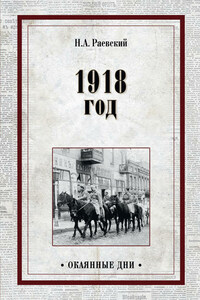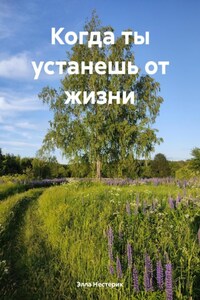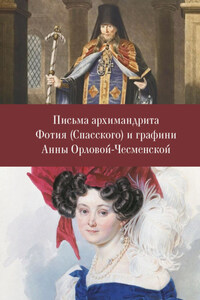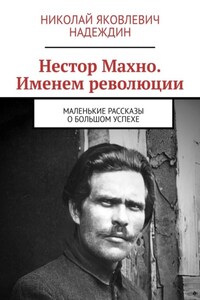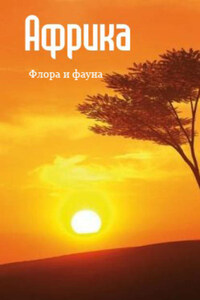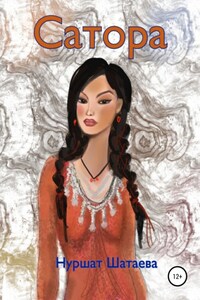Ilya Repin, Valentin Serov, 1901.
Charcoal on canvas, 116.5 × 63.3 cm.
The State Tretyakov Gallery, Moscow.
Open Window. Lilacs (study), 1886.
Oil on canvas, 49.4 × 39.7 cm.
National Art Museum of the Republic of Belarus, Minsk.
The sublime imagery of the great icon painters, the portraiture of the 18th and 19th centuries, the paintings of sea, snow, and forest, the scenes of peasant life and the historical works of the Itinerants, the stylishness of the World of Art movement, the bold experimentation of the artists of the early 20th century… To anyone unfamiliar with Russian painting, its richness and diversity may well come as a surprise or at least an exciting revelation.
The Academy of Sciences was established in St Petersburg by a decree of the governing senate on 28 January (8 February) 1724, following an order of Emperor Peter the Great. Peter the Great’s decision to build a capital that would be “a window on Europe” had considerable significance for Russian painting. First, he lured architects, craftsmen, and artists to Russia from various parts of Europe, both to design and decorate the buildings of St Petersburg and to train their Russian contemporaries in the skills needed to realise his plans for modernising the whole country. With similar aims in mind, he paid for Russian artists to study abroad and planned to establish an art department in the newly created Academy of Sciences.
After Peter’s death, these plans reached fruition with the 1757 founding of the Imperial Academy of the Arts, which opened in earnest six years later. For more than a hundred years the Academy exerted a powerful influence on Russian art. It was supplemented by a preparatory school, where budding artists were sent when they were between six and ten years old.
It was rigidly hierarchical, with titles ranging from “artist without rank” to academician, professor, and councillor. Students who had the stamina to do so toiled at their studies for fifteen years. And, until the last quarter of the 19th century, it was dominated by unquestioning acceptance of classical ideas. Russian artists frequently found the Academy’s regulations and attitudes frustrating, but it did have the merit of making a comprehensive and rigorous artistic education available to those who showed signs of talent.
Initially the staff of the Academy included a preponderance of foreign – mainly French and Italian – teachers. As a result, Russian painting during the second half of the 18th and first half of the 19th centuries owed a great deal to the fashions prevalent in other parts of Europe, which tended to reach Russia with some delay.
Given the distance from St Petersburg and Moscow to the Western European capitals, this lag is hardly surprising. But Russian painters did have considerable opportunities to familiarise themselves with Russian and non-Russian art, both thanks to the circulation of reproductions (often in the form of engravings and lithographs) and to the art-buying habits of the ruling class.
As well as funding the Academy (including travel scholarships for graduates), Catherine the Great bought masterpieces of French, Italian, and Dutch art for the Hermitage. During the French Revolution, her agents – and Russian visitors to Paris in general – were able to pick up some handy bargains, as the contents of chateaux were looted and sold off.
However, although the Academy boasted a diverse and fairly liberal collection of foreign masterpieces, not all of the students were content. In 1863 – the year that the first Salon des Refusés was held in Paris – fourteen high-profile art students (thirteen painters and one sculptor) resigned from the Imperial Academy of Arts in St Petersburg in protest against its conservative attitudes and restrictive regulations. Their next move was to set up an artists’ cooperative, although it soon became apparent that a more broadly based and better organised association was needed, eventually leading to the formation of the Society for Itinerant Art Exhibitions.
The Society was incorporated in November 1870, and the first of its forty-three exhibitions was held in November 1871 (the last one took place in 1923). The four artists who spearheaded the Society’s founding were Ivan Kramskoï, portrait, historical, and genre painter, who taught at the Society for the Encouragement of Artists school of drawing in St Petersburg before being given the rank of academician in 1869; Vassily Perov, portrait, historical, and genre painter who taught painting at the School of Painting and Architecture in Moscow from 1871 to 1883; Grigory Miasoyedov, portrait, historical, and genre painter who lived in Germany, Italy, Spain, and France after completing his studies at the Academy in St Petersburg and was one of the board members of the Society for Itinerant Art Exhibitions, and finally, Nikolaï Gay, religious and historical painter, portraitist and landscape artist, sculptor and engraver who also wrote articles on art. First a student of physics and mathematics at the St Petersburg State University, he entered the Academy of Arts as a teacher as of 1863.

